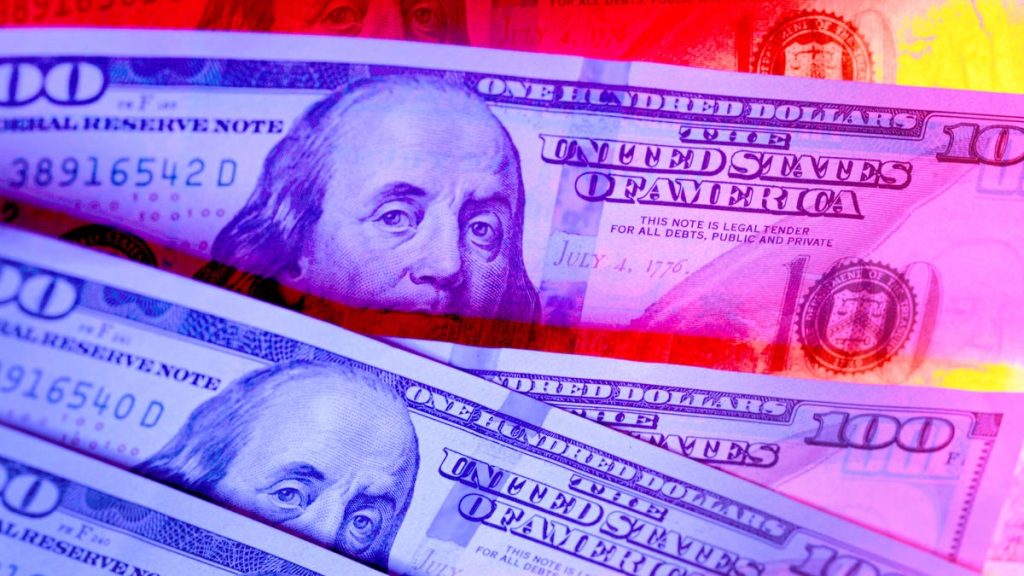The Federal Reserve’s recent interest rate cut has significant implications for Certificate of Deposit (CD) rates, prompting savers to act quickly to secure the most favorable returns. The Fed’s decision to lower rates for the third time this year, following similar moves in September and November, has historically led to a decline in CD yields. This predictable correlation between the federal funds rate and CD APYs means that the attractive rates currently available are unlikely to persist. Savers seeking a safe and predictable return on their investments should capitalize on this opportunity before yields diminish further.
While the highest CD rates still offer substantial returns, exceeding twice the national average for certain terms, the trend is unmistakably downward. Current top-yielding CDs offer APYs as high as 4.70% for six-month terms, presenting an enticing opportunity for short-term savings goals. Longer-term CDs, such as three- and five-year options, also offer competitive rates, allowing savers to lock in a guaranteed return for an extended period. However, the urgency to secure these rates is underscored by the expectation of further Fed rate cuts in 2025, which will likely drive CD yields even lower.
The mechanics of this relationship are straightforward: the Fed’s decisions influence how banks set their interest rates on consumer products like CDs and savings accounts. When the federal funds rate decreases, banks typically lower their offered APYs to maintain profitability. This trend has been evident throughout 2024, with CD rates steadily declining following each Fed rate cut. The recent cut further accelerates this downward trajectory, making immediate action crucial for savers. Comparing rates from various financial institutions is essential to secure the best possible APY before the inevitable decline.
Despite the anticipated drop in CD rates, they remain a valuable tool for savers seeking predictable returns and capital preservation. CDs offer a guaranteed return for a specified period, providing stability and security for funds not needed for immediate expenses. This predictability contrasts with the volatility of other investment vehicles, making CDs an attractive option for risk-averse savers. Financial experts recommend CDs as a reliable strategy to achieve savings goals while mitigating the impact of potential market fluctuations.
Choosing the right CD requires careful consideration of various factors beyond the APY. The term length should align with the saver’s financial timeline, as early withdrawal penalties can significantly erode earnings. Minimum deposit requirements and potential fees also warrant attention, as they can impact the overall return. Prioritizing FDIC or NCUA insured institutions ensures the safety of deposited funds. Additionally, researching customer ratings and reviews provides insights into the bank’s reliability and customer service quality.
While high-yield savings accounts (HYSAs) offer competitive rates and greater liquidity, CDs provide the advantage of a locked-in rate for a predetermined period. This can be particularly beneficial in an environment of declining interest rates, as it protects savers from further yield reductions. However, the trade-off is the limited access to funds during the CD term. Ultimately, the optimal choice between a CD and a HYSA depends on the individual’s specific financial needs and priorities. For those with funds earmarked for long-term goals, locking in a currently competitive CD rate offers a secure and predictable path to achieve those objectives.

